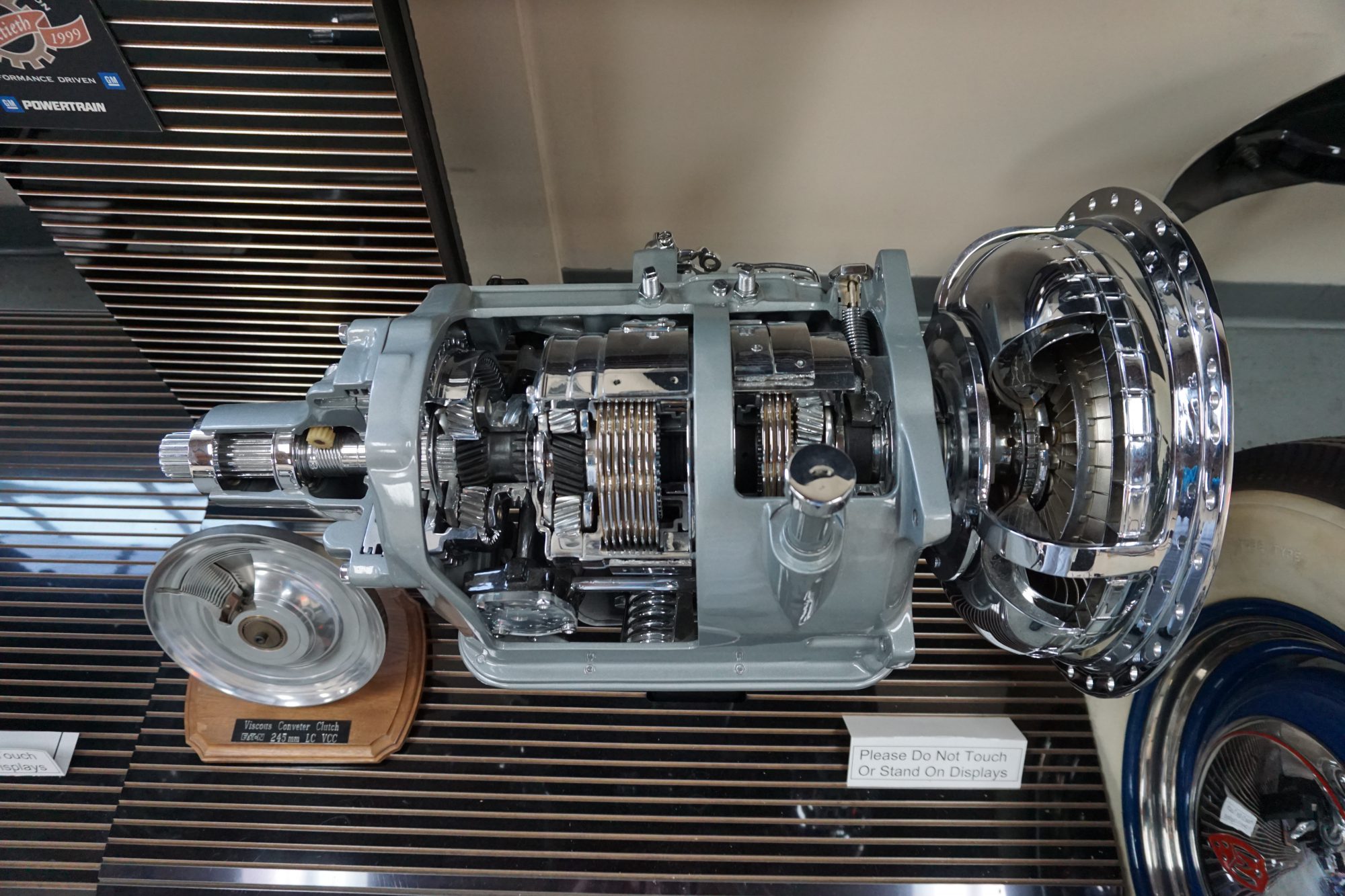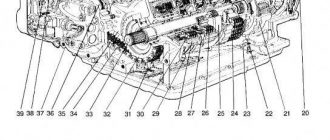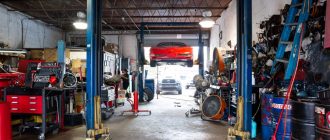Antique Car Transmissions: A Detailed Overview
Introduction
Antique cars, with their classic designs and timeless appeal, have always held a special place in the hearts of collectors and enthusiasts. One of the most critical components of these vehicles is the transmission, which allows the car to move forward and backward by transferring power from the engine to the wheels.
Transmissions in antique cars have evolved significantly over the years, from the early days of simple manual gearboxes to the more sophisticated automatic transmissions found in modern vehicles. In this detailed overview, we will delve into the intricacies of antique car transmissions, exploring their types, mechanisms, and the maintenance and repair techniques required to keep them running smoothly.
Types of Antique Car Transmissions
Manual Transmissions
# Sliding Gear Transmission
Sliding gear transmissions were the predominant type found in antique cars before the advent of synchromesh. They consist of a set of gears that are manually shifted by moving a lever, which engages different gear ratios by sliding the gears into mesh. Sliding gear transmissions require the driver to double-clutch when shifting to avoid clashing gears and excessive wear.
# Crash Gear Transmission
Crash gear transmissions, also known as non-synchromesh transmissions, are similar to sliding gear transmissions but lack synchronizers. This means that the driver must match the engine and transmission speeds precisely to shift gears smoothly, or risk grinding and damaging the gears.
# Synchromesh Transmission
Synchromesh transmissions, introduced in the 1930s, greatly improved shifting smoothness and ease of use. They incorporate synchronizers, which align the gears before they engage, preventing gear clashing and reducing the need for precise rev-matching.
Automatic Transmissions
# Planetary Transmission
Planetary transmissions were widely used in automatic transmissions for antique cars. They consist of a set of planetary gears that are arranged in a sun-and-planet configuration. By selectively engaging and disengaging different sets of gears, the transmission can achieve different gear ratios and provide smooth shifting.
# Torque Converter Transmission
Torque converter transmissions, introduced in the 1950s, combine a hydraulic torque converter with a planetary transmission. The torque converter acts as a fluid coupling, allowing the engine to rev up without engaging the transmission, providing smooth starts and improved acceleration.
Mechanisms of Antique Car Transmissions
Clutch
The clutch is a mechanical device that disconnects the engine from the transmission when shifting gears. In manual transmissions, the clutch is typically a friction disc located between the engine flywheel and the transmission input shaft. When the clutch pedal is depressed, the clutch disengages, allowing the gears to be shifted without clashing.
Gearbox
The gearbox, also known as the transmission case, houses the gears, shafts, and other components that provide different gear ratios. In manual transmissions, the gearbox contains multiple gears of different sizes, which are engaged by the gear selector lever.
Differential
The differential is a mechanical device that distributes power to the wheels while allowing them to rotate at different speeds. This is necessary when cornering, as the outer wheel must travel a greater distance than the inner wheel.
Maintenance and Repair of Antique Car Transmissions
Regular Maintenance
Regular maintenance is crucial for extending the lifespan and ensuring the smooth operation of antique car transmissions. This includes:
– Checking and topping off transmission fluid levels
– Inspecting the clutch for wear or slipping
– Lubricating moving parts as recommended by the manufacturer
Troubleshooting and Repair
When an antique car transmission develops problems, it is important to identify the issue accurately and perform the necessary repairs promptly. Common issues and repair techniques include:
– Gear grinding: Worn or damaged gears, misalignment, or synchronizer issues
– Difficulty shifting gears: Clutch problems, linkage issues, or worn shift rails
– Leaking transmission fluid: Worn seals, damaged gaskets, or faulty lines
– Transmission slipping: Worn clutches, low fluid levels, or internal component failures
Conclusion
Antique car transmissions are intricate and fascinating pieces of automotive engineering. Understanding their types, mechanisms, and maintenance requirements is essential for preserving these classic vehicles and ensuring their long-term enjoyment. By following proper maintenance procedures and seeking professional assistance when necessary, collectors and enthusiasts can keep their antique cars operating smoothly for generations to come.






